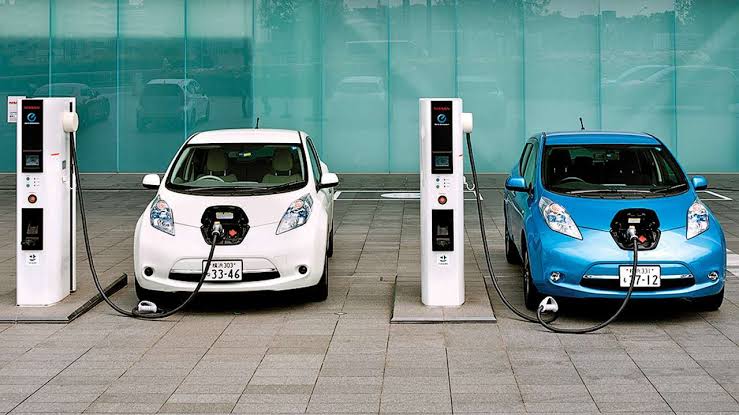Our Terms & Conditions | Our Privacy Policy
A Game-Changing Policy to Accelerate Electric Car Manufacturing
The Ministry of Heavy Industries has officially launched the Scheme to Promote Manufacturing of Electric Passenger Cars in India (SPMEPCI), a significant policy aimed at fostering the domestic production of electric vehicles (EVs) while safeguarding the interests of existing manufacturers.
After months of deliberations since its proposal last year, the finalized scheme promises a strategic mix of incentives and performance-based commitments to attract global and domestic automakers to invest in India’s EV ecosystem.
Lower Import Duties, Bigger Commitments
Under SPMEPCI, eligible electric vehicle manufacturers can now import EVs at a significantly reduced duty of 15%, down from the standard 110%. However, this incentive doesn’t come easy. Manufacturers must demonstrate serious intent by investing a minimum of USD 500 million (approximately Rs 4,150 crore) within three years.
To keep the playing field level, the scheme mandates that this capital be part of fresh investments—previous investments will not count. However, manufacturers are allowed to leverage their existing infrastructure for new EV production.
Five-Year Window with Performance Milestones
Automakers meeting these investment requirements will enjoy the reduced import duties for a period of five years. But there’s a catch: the benefit comes with stringent annual turnover and localization targets.
- By Year 2: Minimum turnover of Rs 2,500 crore
- By Year 4: Minimum turnover of Rs 5,000 crore
- By Year 5: Minimum turnover of Rs 7,500 crore
In terms of localization, participating manufacturers must achieve:
- 25% local value addition by Year 3
- 50% localization by Year 5
This progressive localization is aimed at creating a robust domestic supply chain for EV components, reducing import dependency over time.
Protecting Indian EV Pioneers
One of the most critical aspects of SPMEPCI is its protectionist pricing floor. The reduced 15% import duty will apply only to electric cars priced above USD 35,000 (approximately Rs 30 lakh). This ensures that mainstream and affordable EV models made in India are shielded from foreign competition, especially from large global brands that could otherwise flood the market.
This safeguard benefits several homegrown models such as:
- Tata Punch EV, Nexon EV, Harrier EV, Curvv EV
- Mahindra BE.6, XUV.e9
- Hyundai Creta Electric
- Upcoming models like Maruti e-Vitara and Sierra EV
Annual Import Cap and Incentive Ceiling
To maintain balance, the scheme places an annual cap of 8,000 imported units per manufacturer under the reduced duty structure. Imports beyond this cap will be subject to the full 110% import duty.
Moreover, the maximum benefit a company can derive from the reduced import duty is capped. The ceiling is either Rs 6,484 crore or the actual investment made, whichever is lower. However, automakers are allowed to carry forward unused annual import quotas to the next year, offering some operational flexibility.
A Big Push for a Cleaner Future
By introducing SPMEPCI, the Indian government is making a bold statement in its drive toward sustainable transportation. It is not just about imports and investments—it’s about building a future-ready EV ecosystem, generating local employment, and nurturing indigenous innovation.
Industry leaders have welcomed the scheme, calling it a well-balanced policy that combines foreign collaboration with domestic development, thereby laying the foundation for India to become a global hub for electric vehicle manufacturing.
Images are for reference only.Images and contents gathered automatic from google or 3rd party sources.All rights on the images and contents are with their legal original owners.



Comments are closed.